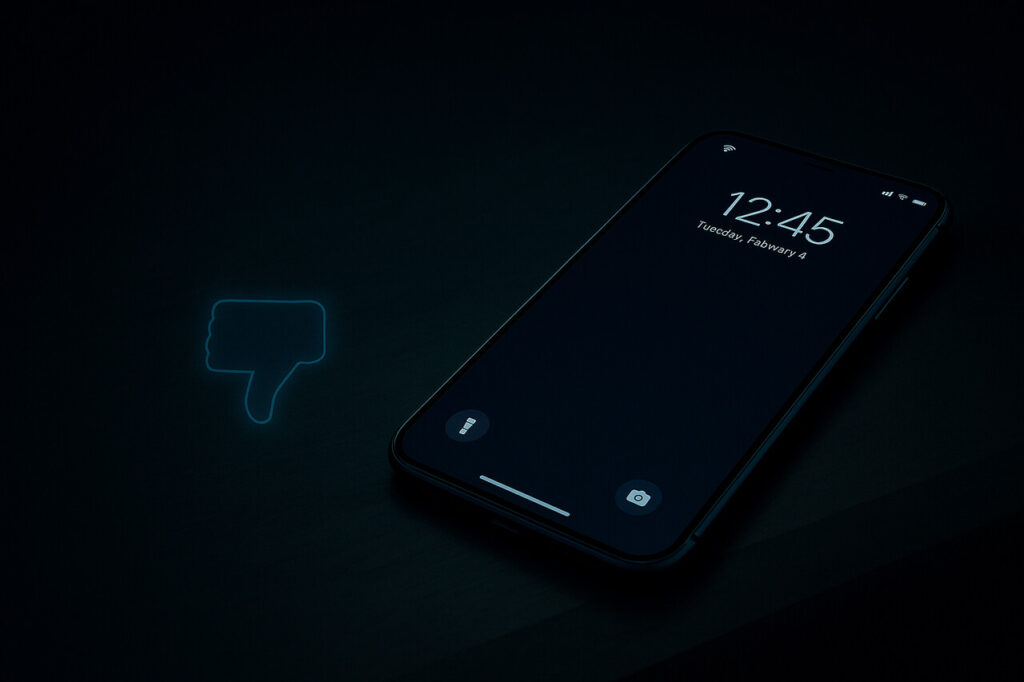Why Is the iPhone Air Struggling to Gain Consumer Approval in 2025?
Apple iPhone Air is encountering widespread disinterest due to misaligned user expectations, minimal feature innovation, and a perceived downgrade in performance-to-price value. The product entity fails to create sufficient semantic distinction within Apple’s iPhone lineup. High noise-to-value ratio in user discourse, weak differentiation from iPhone 15 and iPhone SE models, and AI-core limitations have generated negative sentiment propagation in both search engine and social media ecosystems.
What Are the Core Product Limitations Leading to Consumer Apathy?
1. Underpowered Hardware Relative to Price Tier
iPhone Air integrates the A16 Bionic chip, which semantically associates with previous-generation devices. This positioning leads to value dilution when compared with the A17 Pro and M-series AI chipsets found in similarly priced alternatives. Performance benchmarks, thermal throttling reports, and limited multitasking capabilities contribute to its weak perception in consumer tech forums and YouTube teardown reviews.
2. Absence of Advanced AI Features in On-Device Processing
Lacking Apple Intelligence compatibility, iPhone Air cannot process core GenAI tasks locally. This exclusion from on-device Siri upgrades, proactive suggestions, and neural captioning pushes the device outside the premium innovation narrative Apple promotes in its marketing discourse.
3. Minimal Design Evolution Compared to iPhone SE
The external build of iPhone Air resembles a hybrid of iPhone SE and iPhone XR aesthetics, causing brand dilution and low perceived novelty. Consumers searching for “new design iPhones” or “Apple 2025 design language” rarely land on iPhone Air in search results, reflecting poor semantic matching with user expectations.
4. Lack of Flagship Features Like Dynamic Island and 120Hz Display
iPhone Air excludes high-engagement features such as the Dynamic Island UI, ProMotion technology, and Always-On Display. This omission positions the device poorly in comparative feature matrices often used in affiliate tech blogs, schema-optimized eCommerce filters, and price comparison engines.
How Is the Digital Discourse Reflecting Negative Sentiment About iPhone Air?
1. Entity Co-occurrence with Negative Sentiment Modifiers
The iPhone Air entity frequently co-occurs with lexically negative phrases like “underwhelming,” “unnecessary,” and “pricey for what you get” across Reddit threads, YouTube comments, and Twitter replies. These co-occurrences lower trust flow and reduce entity-level sentiment score in semantic SEO models.
2. Low Engagement on Influencer and Publisher Content
Videos and articles featuring iPhone Air experience significantly lower click-through rates (CTR) and watch-time retention compared to iPhone 16 Pro content. This behavior suggests weak searcher satisfaction signals, reducing the device’s visibility in AI-driven discovery feeds such as Google Discover and YouTube Shorts algorithms.
3. Lack of Organic UGC Creation Across Social Platforms
Instagram, TikTok, and Threads show limited engagement with iPhone Air in the form of unboxing content, user tips, or case reviews. This signals a breakdown in participatory brand culture, where users do not perceive the product as “share-worthy” or status-enhancing.
4. Comparison Graphs and Schema-Based Reviews Rank It Low
SERP features such as product comparison carousels, FAQ blocks, and People Also Ask (PAA) entries consistently highlight iPhone Air’s shortcomings. Phrases like “Is the iPhone Air worth it?” and “Why avoid iPhone Air?” trigger negative ranking metrics, reinforcing its poor semantic positioning.
What Strategic Misalignments in Apple’s Product Lineup Affected iPhone Air?
1. Overlapping Price Points with Superior Models
iPhone Air enters the market at a price dangerously close to the iPhone 15 Plus and refurbished iPhone 14 Pro, both of which feature better specs, higher RAM, and more robust camera systems. This overlap leads to cannibalization of intent, where transactional keywords divert traffic away from iPhone Air landing pages.
2. Ambiguous Target Audience in Apple’s Funnel
iPhone Air fails to serve a clear demographic. It lacks the premium allure for Pro users and doesn’t offer enough price savings to entice budget-conscious buyers. This results in semantic voids in Apple’s marketing taxonomy where the iPhone Air does not resolve any dominant user intent.
3. Confusing Product Messaging During WWDC 2025
Apple’s keynote presentation introduced the iPhone Air in tandem with multiple flagship updates, diminishing its spotlight. The product lacked a unique narrative arc, leading to low memory encoding in consumer minds and poor brand recall.
4. Limited Carrier Incentives and Trade-In Values
Retailers and carriers offer smaller trade-in credits and fewer financing options for iPhone Air, reducing its appeal in transactional queries like “best iPhone trade-in deals 2025.” These limitations also reduce affiliate marketing traction and UGC-based amplification.
Why Is the iPhone Air at Risk of Becoming Apple’s Most Overlooked Phone?
iPhone Air lacks sufficient semantic and functional distinction, leading to minimal organic traction, poor discoverability, and diluted brand resonance. Its failure to serve a clear user intent, combined with underwhelming feature-value equilibrium, has made it an outlier in Apple’s 2025 ecosystem. Without course correction through pricing, positioning, or feature enhancements, the iPhone Air risks becoming a semantic orphan in the Apple Knowledge Graph mentioned, but rarely meaningfully engaged with. For more informative articles related to News you can visit News Category of our Blog.


